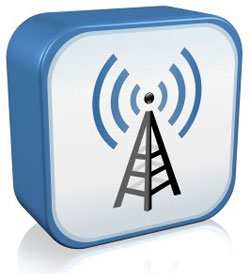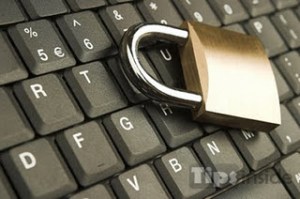These days, most computers are wireless-enabled: they let you connect to the Internet without a physical network cable. The major benefit, of course, is that you can use your computer anywhere in the house or office (as long as it’s within range of your wireless router). However, there are potential risks involved in wireless networking – unless you make your network secure:

- A hacker could intercept any data you send and receive;
- A hacker could get access to your wireless network;
- Another person could hijack your Internet access.
Therefore, if your wireless network is not protected, a hacker could intercept any data you send; access your network, and therefore your shared files; use your connection to connect to the Internet – especially significant if you have a download limit on your internet package and your bandwidth is being swallowed up by a hijacker.

Nowadays every handheld device to PC uses wi-fi network, So let us see a protection tutorial.
To secure your wireless network:
- Change the administrator password;
- Enable WAP or WEP encryption;
- Switch off the SSID and change the default name of your wireless router;
- Follow the advice above on how to protect from malicious code and hacker attacks.
How do I secure my wireless network?
There are some simple steps you can take to secure your wireless network and router in order to minimise these risks:
- Change the administrator password for your wireless router. It’s easy for a hacker to find out the manufacturer’s default password and use this to access your wireless network. And avoid using a password that can be guessed easily: Also avoid some week password, guidelines provided in the section below on choosing a password.
- Switch off SSID (Service Set Identifier) broadcasting, to prevent your wireless device announcing its presence to the world.
- Enable encryption in your connection settings: WPA encryption is best, if your device supports it (if not, use WEP encryption).
- Change the default SSID name of your device. Again, it’s easy for a hacker to find out the manufacturer’s default name and then use this to locate your wireless network. Avoid using a name that can be guessed easily




great tips to secure wireless networks. these points are very useful for my friend who launched a wireless connection for local community and these tips will helps him to secure his network because without these tips any hacker can interept and get access to your data which has been sent by you. thanks for sharing these points.